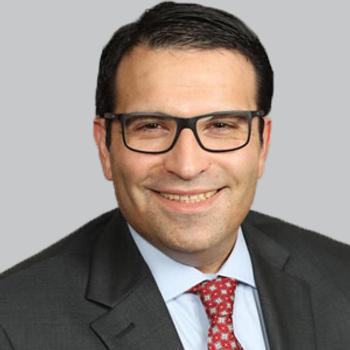This week Neurology News Network covered the FDA approval of the Neuronaute EEG System and IceCap EEG wearable device, a study on the rising out-of-pocket costs of neurologic diagnostic services, and the safety of the remote electrical neuromodulation device Nerivio in adolescents with migraine.
Welcome to this special edition of Neurology News Network. I’m Marco Meglio. Please excuse our appearance this week as a majority of the US workforce, including the NeurologyLive team, moves to working remote as we come together to help reduce the spread of the novel coronavirus.
BioSerenity has announced that the FDA has given 510(k) clearance for the Neuronaute EEG System and IceCap EEG wearable device, allowing clinicians the ability to remotely monitor and access electrical brain activity of patients with epilepsy.The Neuronaute EEG system consists of hardware and software that acquires, displays, stores, archives, and transmits EEG signals from the brain using a full 10–20 montage. This allows health care professionals with diagnosing, monitoring, and assessing adults with epilepsy and other neurologic disorders. Clinicians can receive notifications of specific events related to the patient while looking at live data visualization. Additionally, there is an extended battery life of 8 hours with a rechargeable battery. In conjunction with the Neuronaute system, the IceCap (Immediate Care Encephalography) Cap is a wearable medical device in the form of a single-use disposable cap that enables the recording of short-interval EEG (less than 1 hour) for routine or emergency brain activity assessments.
A recent study published in Neurology has found that the number of patients who pay out-of-pocket (OOP) for neurologic diagnostic services is increasing. While OOP costs vary across patients and tests, the data suggest that these costs are also generally rising. The largest increases were seen for electroencephalograms (EEGs), magnetic resonance imaging (MRIs), and evaluation and management (E/M) services. The cost of EEGs increased from a mean cost of $38.70 in 2001 to $112.40 in 2016, a 190% increase. The cost of MRIs increased from $83.80 in 2001 to $241.60 in 2016, a 188% increase. The cost of E/M services increased from $18.20 in 2001 to $52.30 in 2016, a 187% increase. Investigators found that over the study period, the number of patients who paid any OOP costs increased for diagnostic testing. This increase was from 30.3% in 2001 to 52.5% in 2016 for EMG/NCS, from 23.5% to 69.5% for MRI, and from 28.3% to 45.9% for EEG.
Newly published results from a single-arm, multicenter study of adolescents aged 12 to 17 years with migraine revealed that treatment with the remote electrical neuromodulation (REN) device Nerivio (Theranica Bioelectronics) may be a safe and effective nonpharmacological alternative for acute treatment in this age subgroup. The study included 45 participants with episode and chronic migraine who completed a test treatment with REN. Investigators used safety and tolerability as the primary end point of the study and found there to be 1 device-related adverse event (AE; 2%) which was a temporary feeling of pain in the arm. There were no device-related serious AEs reported. Secondary end points were related to device efficacy and included the proportion of participants who achieved pain relief and pain freedom at 2 hours post-treatment. In total, pain relief and pain freedom at 2 hours were achieved by 71% and 35% of participants, respectively.
For more direct access to expert insight, head to NeurologyLive.com. This has been Neurology News Network. Thanks for watching.



































